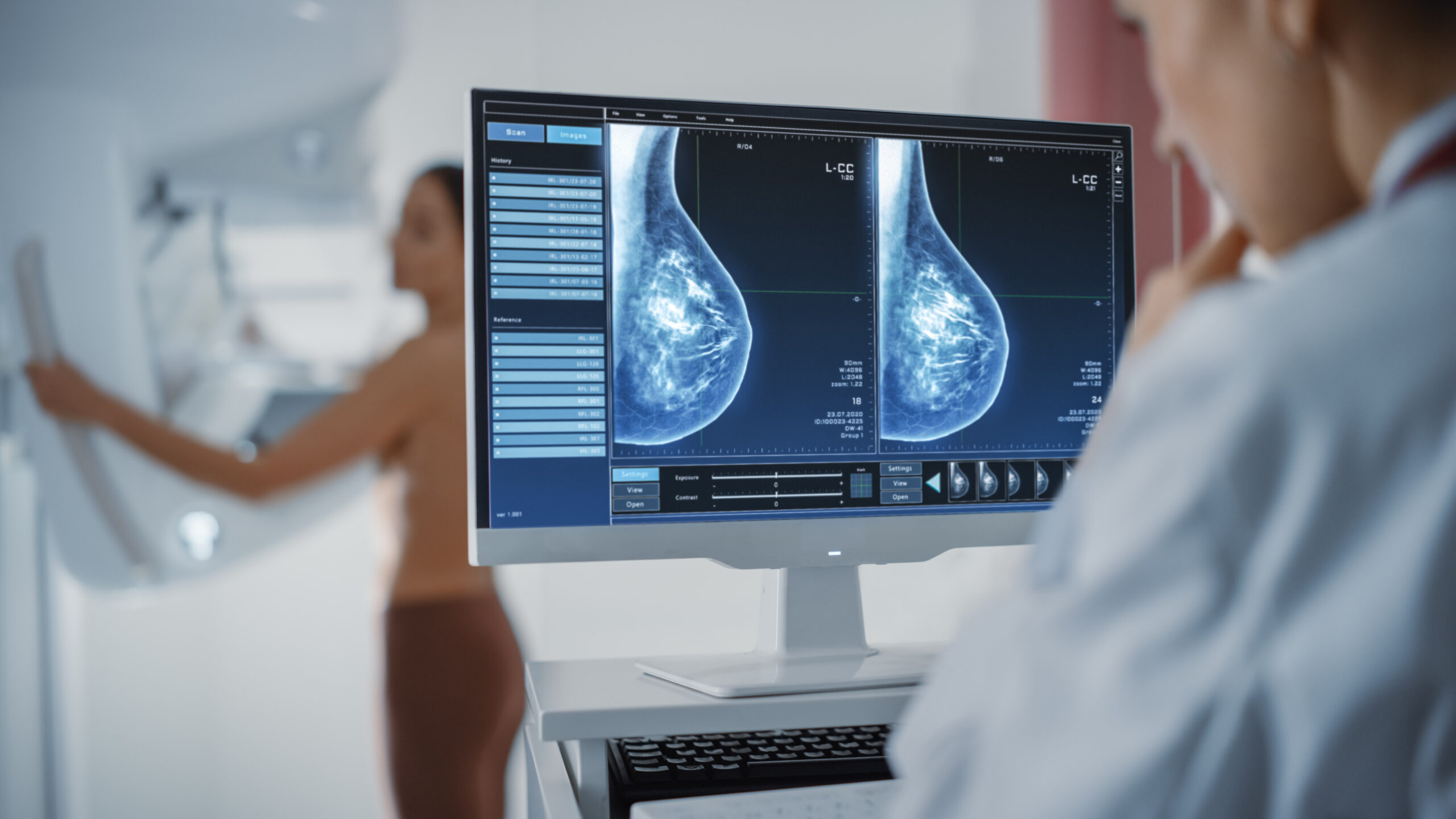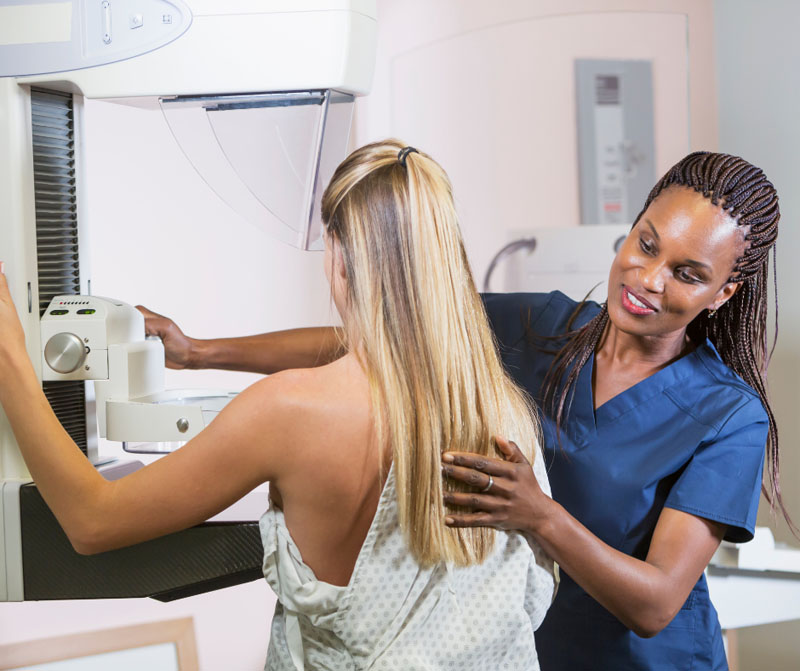

Search Articles
Posts
-
BRCA Gene Testing: Learn Your Risk of Breast or Ovarian Cancer
Understanding your genetic risk for cancer can be life-changing. BRCA gene testing can provide answers about your likelihood of developing breast or ovarian cancer so…
-
Abdominal CT Scan: Understanding a Valuable Diagnostic Tool
If you are experiencing stomach pain, blood in your urine, or other concerning symptoms involving the abdomen, you want answers and relief as quickly as…
-
How Long Does an MRI Take? What You Need to Know
To find the cause of a sore knee, aching back, or another irritating or concerning symptom, your physician needs an inside look. For that, they…
-
How Lumbar Spine MRI Can Help Identify the Cause of Low Back Pain
Low back pain is one of the most common medical complaints among adults. Aging-related changes can affect your spine as early as your 30s or…
-
Diagnostic Mammogram: Demystifying Additional Imaging
After having your annual screening mammogram, you may be called back for an additional imaging exam called a diagnostic mammogram so the radiologist can take…
-
Dense Breast Tissue and Your Breast Health
How well do you know your breasts? If you perform a monthly breast self-exam, you’re probably familiar with how your breasts normally look and feel.…
Ready to Schedule?
Related Posts
-
Navigating Mammograms: When to Start and When to Stop
-
How Early Detection Affects Breast Cancer Survival Rates
-
What Does a Head CT Scan Show? More Than You Might Think
-
Introducing the Revolutionary TULSA Procedure for Prostate Care
-
Why Consider a 3D Mammogram? Here’s What to Know
-
Putting the Power of AI to Work for Breast Health
-
Navigating Your Journey With Breast Cancer Specialists and Care Team
-
What a Family History of Breast Cancer Really Means for You
-
Find Convenient Self-Pay Care Just Over the Border
-
Just the (Mammogram) Facts: Debunking 10 Common Myths











